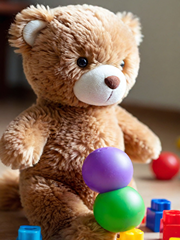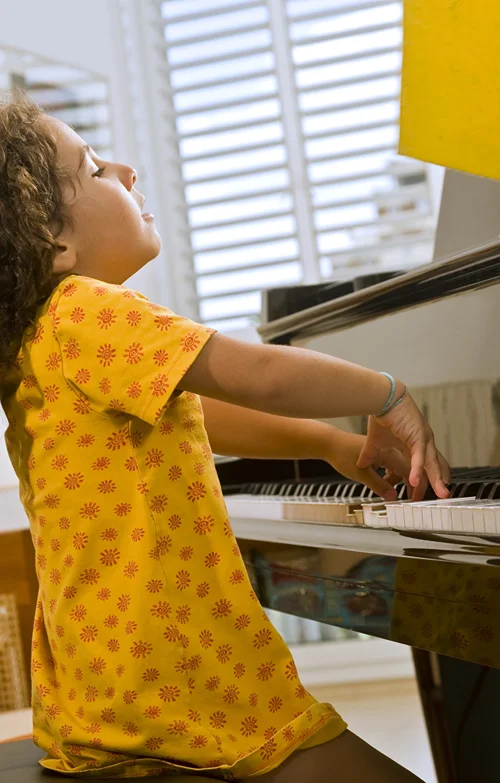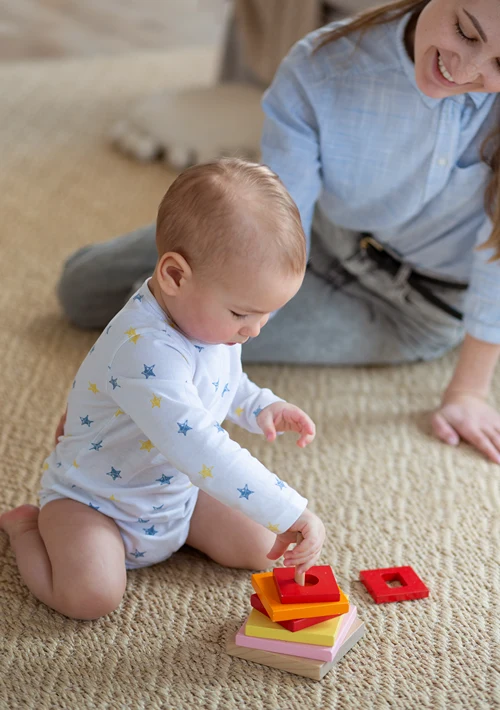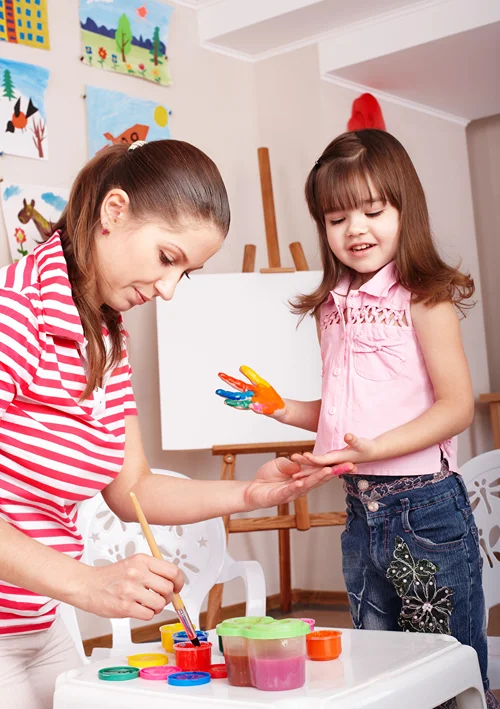How to Clean and Sanitise Baby Toys
Being a parent is one of the greatest joys of life. However, it is also an immense responsibility. While you want your kid to have a great childhood, you also need to ensure that they remain as safe and healthy as possible. So, before you hand them any toys, you need to clean and sanitise them for additional safety.
Here are a few ways you can clean and sanitise the toys every once in a while.
1. Plush Toys Need to Be Washed
Stuffed animals and plush toys are some of the most popular toys among babies and toddlers. However, they also attract a significant amount of dust, allergens, moisture, and germs. To ensure your baby does not get affected by these elements, wash these plush toys regularly with detergent. Manufacturers like Riff Raff sell machine-washable plush toys that you can toss in the washer for a quick refresh. Air-dry the toys after each wash to prevent mould and mildew growth.
2. Use Disinfectant Wipes for Hard Toys
Disinfectant wipes are convenient for quick clean-ups and effectively kill germs. You can simply take a disinfectant wipe and carefully clean plastic blocks, rattles, or toy cars without any hiccups. Once you disinfect the toys, leave them for a few minutes before wiping them with a clean piece of cloth. This will give the wipe enough time to kill any bacteria on the surface. Just ensure the toys are dry before you return them to your kids.
3. Boil Non-Electronic Toys for a Chemical-Free Clean Up
If you don’t want to use any chemicals to sanitise the toys, boiling water can help you do the job effectively. This sanitisation method is ideal for small, non-electronic toys that are heat-resistant. Simply boil the toys for a few minutes to kill germs and bacteria. You do not need any harsh disinfectants for this process. Just ensure the toys can withstand heat before throwing them into the pot.
Avoid boiling toys with batteries or electronics, as the heat can damage them. Wait for a few hours once you are done boiling the toys, allowing them to cool down.
4. Scrub the Toys with Soap
For hard toys that do not require heavy disinfecting, you can scrub them with mild soap (like baby shampoo or a dishwashing liquid) and warm water. For proper cleaning, scrub for at least 30 seconds. This will help you get rid of germs and dirt from the toys. After washing, let the toys air dry in the sun. With this practice, you can eliminate soap residue from the toys while sunlight sanitises them with UV rays.
5. Use Hydrogen Peroxide for Disinfecting
Disinfecting the frequently used items is one of the most effective ways to maintain hygiene at home. You can also use hydrogen peroxide to safely disinfect baby toys. It is non-toxic in nature and can kill germs effectively if used correctly. Just fill a spray bottle with this component and spray down the toys. Let the sprayed solution sit on the toys for about 10 minutes.
Next, wipe them off with a wet cloth. Since hydrogen peroxide is a gentle disinfectant, it does not cause any harm to your toddler. Also, you do not get any lingering smell after cleaning the toys with hydrogen peroxide.
6. Soak the Toys in Vinegar-Water Mix
Vinegar is a great alternative to chemical disinfectants for sanitising baby toys. This is safe for babies and toddlers and quite easy to use. Just mix equal parts white vinegar and water in a bowl or basin. Then, soak the plastic or rubber toys in the solution for several minutes. The vinegar will help eliminate the germs without needing any harsh chemicals.
Even though vinegar has a strong smell, you won’t find any odour once the vinegar dries. To ensure no traces of that odour, you can give the toys a quick rinse with fresh water after cleaning them with a vinegar solution. Air-dry the toys before handing them back to your child.
Conclusion
Cleaning and sanitising your baby’s toys frequently will prevent them from spreading germs and bacteria. Regular cleaning will also help you eliminate mould and mildew that can put your child’s health at risk. Just follow the tips mentioned above. Also, read the manufacturers’ guidelines before cleaning the toys using any of these methods.








